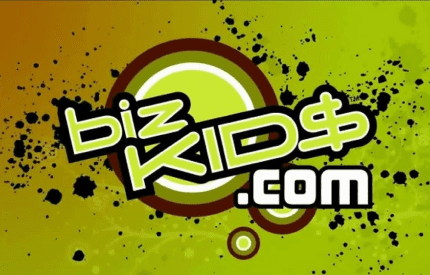What is the difference between cash and credit? Cash is money that you can hold in your hand, or have in your account. You can feel it, see it, and spend or save it. Credit is money loaned to you through a financial institution, such as a bank, credit union, or credit card company. You don’t see or touch it, but it is accounted for on paper just like your cash.
Table of Content
When a financial institution extends a line of credit, it is saying that it will lend you money for a set period of time. As the borrower, you must pay the financial institution back within this time period, plus pay an additional fee called interest for the privilege of borrowing the money.
Check out some different types of credit:
1) Loan from a credit union or bank: Financial institutions provide a variety of loans for things like buying a car or starting a business.
2) Loan from a relative: This is a loan from a real person you know. Let’s say it’s your brother. If you see a game for sale but don’t have the $20 cash to spend right away, you could borrow the money from your brother. Just like a loan from a credit union, you need to pay back any money you borrow from a relative or friend, whether it’s the next day or after you get paid for babysitting later in the month.
3) Credit cards: Most people think of credit cards when they hear the word “credit.” A credit card is a tool you can use to pay for things, but it’s paid off on a monthly basis. Credit card loans usually are smaller than a loan from a financial institution. It’s important to pay your credit card balance each month; otherwise, you will have to pay the credit card company additional money
in the form of interest. Suddenly, that new shirt might cost $40 rather than $30!
No matter what type of credit you choose to use, you need to be careful and pay it back in a timely manner so you don’t have to pay extra fees. If you choose to use cash, you just pay the vendor directly without any additional costs.
Looking to learn a bit more about credit? Check out the JA Student Center at www.japersonalfinance.com/gsjapf/activities/page3.jsp?key=Activity4Page1.
Money:
Amy wanted to get a small business loan to help start her knitting business. Instead, her father offered to loan her the $500 she needed at a 5% interest rate. She decided to take him up on the offer since it was a much lower interest rate than any financial institution was willing to offer her.
Terms on her loan were 5% interest annually‚Äîmeaning she’d owe that after the first year. The personal loan Amy received through her father would cost her an extra $25 if she didn’t pay it off during the first year. To calculate the interest, we used this formula:
A = Amount of Loan A x I = O I = Interest Percentage $500 x .05 = $25 O = Amount Owed in Interest
Amy worked very hard to create an online store to sell her knit hats and scarves. Instead of paying her loan off little by little each month, she reinvested most of her profits into the business. She also put aside some of her profits every month in a savings account and, at the end of the year, had enough to pay off her loan in full.
Real BizKid$
Spencer’s Bath Salts, Seattle, Washington
Spencer Brooks, 17, was inspired to start his bath salts company as a way to help his mom, who had survived a terrible car accident. He responded to her wish to eliminate pain medications by coming up with a more natural solution. Spencer researched which essential oils had the most effective healing properties and developed his unique bath salts. With the help of his mom, Spencer opened a bank credit card to help with purchasing supplies. Spencer is really careful about how he uses his credit card— -using it only for business and not for personal purchases.
Cattle Rancher Clay, Witchita, Kansas
Clay Toews, 14, acquired a loan through his local credit union to raise registered cattle on his family’s ranch. With his parents’ help, Clay secured a $10,000 line of credit to use for his business. Clay currently owns about 25 head of cattle and makes $10,000 a year selling them at stock shows. To avoid penalties and to maintain a good credit score, Clay always makes his payments on time. Having good credit now can mean a larger herd later!
Fun Factoid:
In America, credit cards were first used to buy fuel in the 1920s. The first charge card designed to pay for products and services from many different types of businesses was invented in 1950 by The Diners Club, the first independent credit card company. American Express followed, and by 1958, Visa provided even more credit card options.
What Are Teens Doing? According to the 2007 JA Interprise Poll‚Ñ¢ focusing on personal finance, “of teens having credit cards, 66.4% reported paying their balance in full each month.” and, the most frequently charged item for teens was clothing (62.8%), followed by gas (51.9%).
Challenge:
Do you use credit? Tell us how by emailing thevaultchallenge@bizkids.com with your answer.

